Mega-traversata no stop da 5100 miglia: Puerto Montt- Polinesia, sei fusi orari! Poi il paradiso
(english version look at the end)
Questa, tra le nostre esperienze oceaniche, è stata senza dubbio la più lunga navigazione che abbiamo mai effettuato: le miglia di ortodromica (arco di sfera) sono “solo” 3400 ma lo scenario meteo (Luglio) è determinato dalle perturbazioni invernali della fascia temperata sud che generano forti venti prevalentemente contrari e alla latitudine de Le Gambier , dell’isola di Pasqua( la frontiera sud-est della Polinesia Australe ) e delle Tuamotu l’aliseo viene continuamente respinto e alterato. La rotta che potrebbe prevedere soste all’isola di Robinson Crusoe ed all’isola di Pasqua vista la stagione suggerisce di andare a nord per evitare i venti contrari e di navigare nella zona di confine, in continua evoluzione, tra i due sistemi metereologici, anche a costo di un percorso molto più lungo. Nella prima fase lungo il Chile nella fredda e pescosa corrente di Humboldt ( vedi foto in testata con foche di Juan Fernandez che si riscaldano il sangue dopo la pesca nelle fredde acque). La ciurma, composta da capitan Biffi, Francis, Tortello, Mathias, abbandona il meraviglioso Cile dopo tre anni e mezzo, dopo: pandemia, Terra del Fuoco, Drake, Antartico, Canali Patagonici, e risale lungo costa verso nord per evitare i venti contrari con onde importanti. Raggiunte le latitudini di incontro tra sud e aliseo ( 24°-22° sud) iniziamo una navigazione ritagliata con buona precisione per sfruttare il meglio dei venti, evitando le vaste aree di piatta che si sviluppano sul confine delle 2 aree meteorologiche. Per poter sviluppare questa ottimizzazione dinamica della rotta, almeno una volta al giorno, alimentiamo un modello di “routing” con i files grip metereologici scaricati via satellite, il quale contiene i dati di performance di Lifexplorer nelle varie andature e situazioni di vento con le velature adatte di corredo e/o a motore (diagramma polare) compilato da Francis. Il risultato mostra una rotta spezzata di precisione per ottimizzare la rotta verso il punto da raggiungere.



Nel corso della navigazione iniziamo anche l’attività di raccolta dei campioni e dei dati relativi alla presenza di microplastiche e di plancton, e dobbiamo dire che per ora abbiamo rilevato presenza di microplastiche quasi solo sino a 250 miglia dalle coste del Cile: l’immenso sud Pacifico, per ora, come l’oceano Antartico, non è inquinato come il resto del nostro pianeta. Non è nostro compito però trarre conclusioni; infatti le quasi duecento fotografie al microscopio localizzate geograficamente e temporalmente saranno inviate alla fondazione GOES ad Edimburgo per le analisi e le elaborazioni.


La lunga navigazione per l’equipaggio è stata una lunga prova di resistenza psicofisica, non solo per la durata, ma anche per l’importante quota di bolina superiore al 60% con venti sostenuti sino a 44 nodi, spesso con trinchetta e 2/3 mani di terzaroli: grande prova per Lifexplorer ed il suo equipaggio.




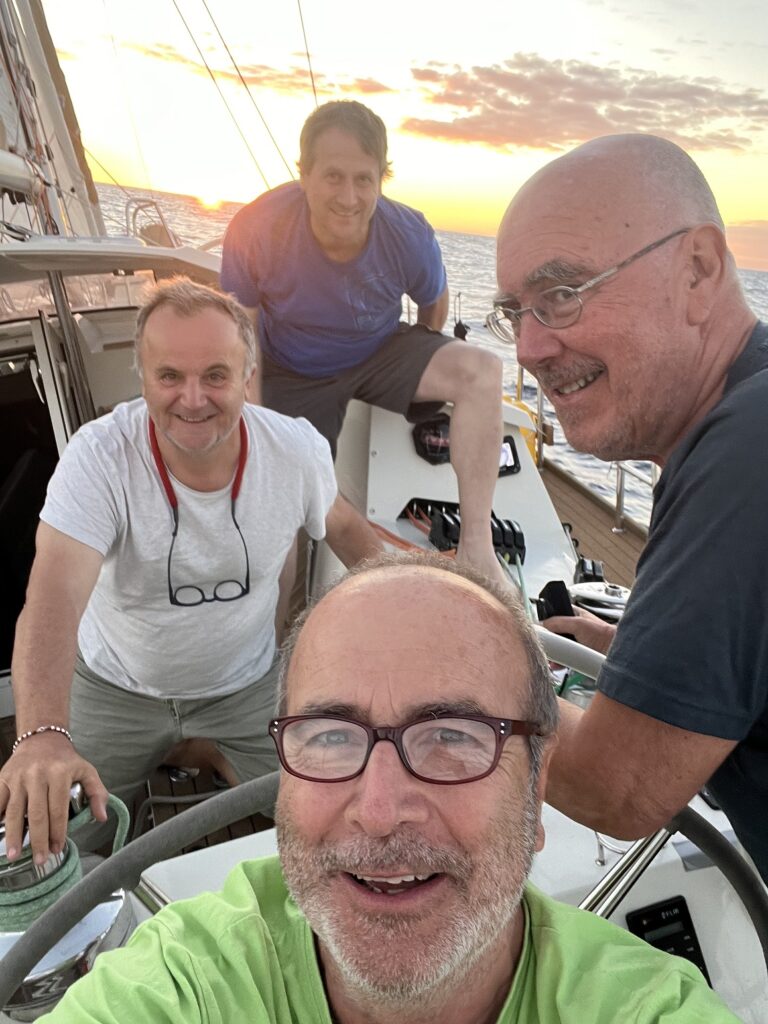
L’arrivo a Le Gambiers all’isola principale Mangareva ci ha messo subito in contatto con un mondo da mari del sud lontano dal turismo e collegato alla “civiltà” da due voletti a settimana oltre alla nave di approvvigionamento ogni tre settimane. In queste isole periferiche il naturale spirito di cordialità e amicizia polinesiano è evidente e affascinante e si assapora dal gendarme, ai negozianti, ai coltivatori delle bellissime perle de Le Gambiers, spirito accompagnato da una grande rilassatezza. Dopo una minicrociera e l’acquisto di perle per Marta e Michela, ripartiamo per le Tuamotu ove imbarcheremo Michela, Loretta e Roberta mentre Matthias farà rientro in Cile: il cambio di equipaggio è previsto all’atollo di Hao, un mondo meraviglioso di 30 miglia di coralli, nel quale troviamo un mini-porto ove possiamo ormeggiare, unica imbarcazione.
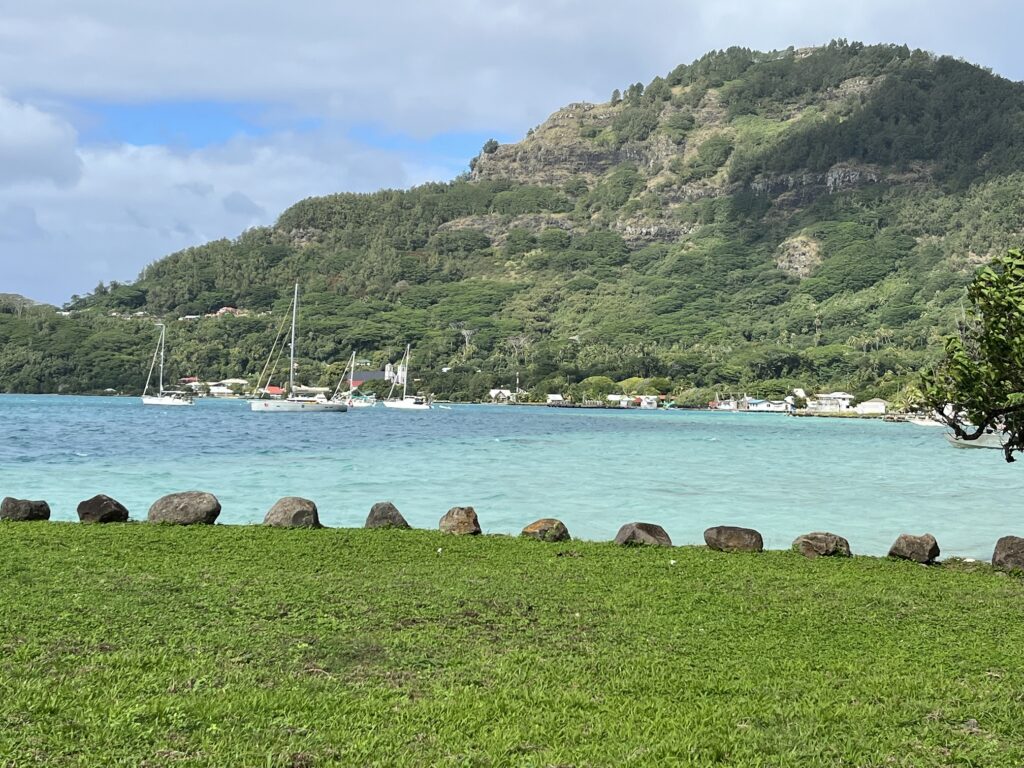

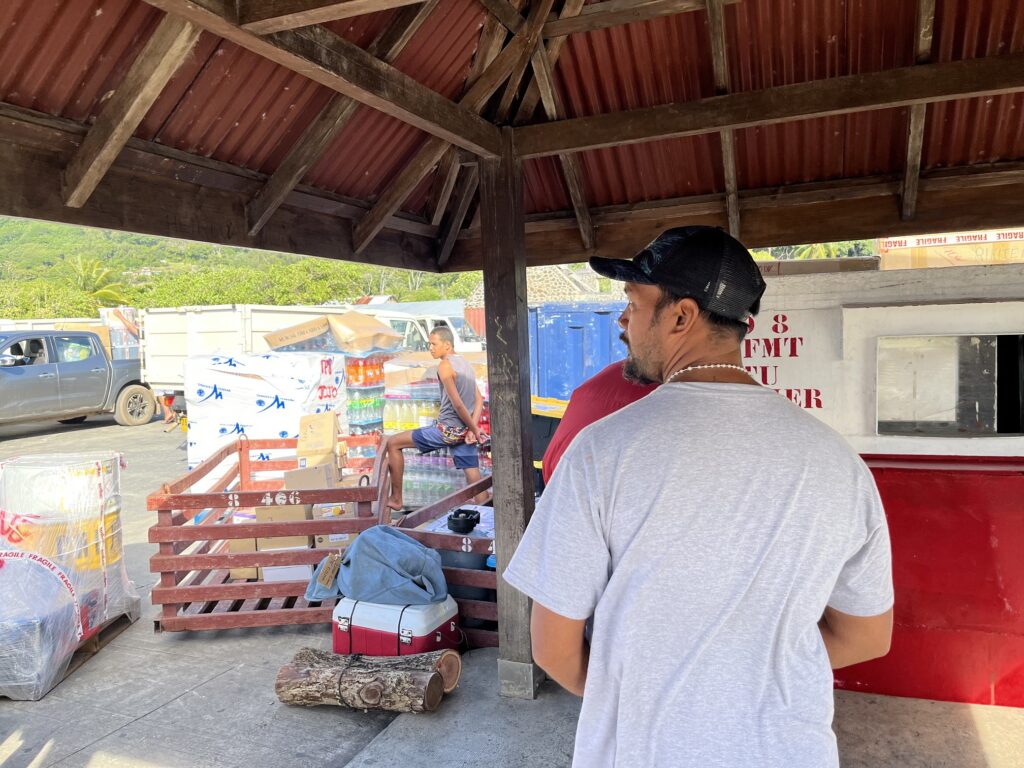
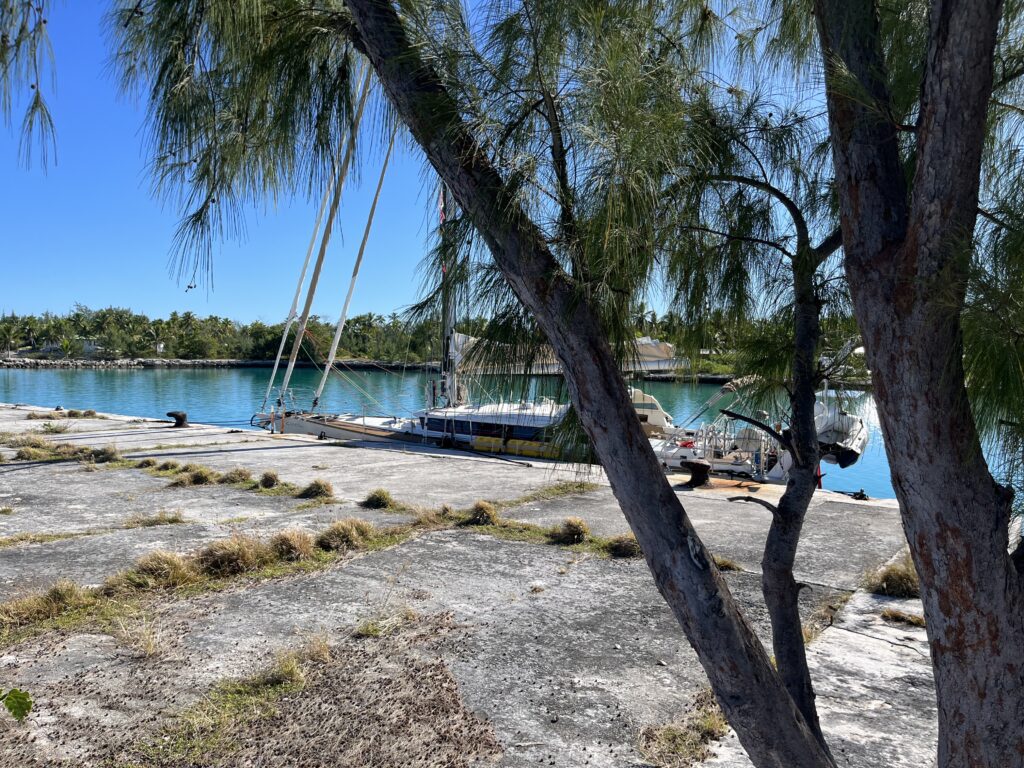

Con il nuovo equipaggio puntiamo a nord all’atollo disabitato di Tahanea: in questo paradiso di coralli, ambiente marino incredibile, ma ambiente già di per sé stesso incoltivabile i due villaggi che esistevano sino al 1983, sono stati abbandonati dopo i danni subiti da una tempesta tropicale. Avevamo letto su un libro di una famiglia svizzera che lo avevano visitato a fine anni ’80 e che per un mese aveva vissuto con dei locali che tornavamo stagionalmente per la raccolta dei cocchi e per la caccia delle aragoste: i contatti di 30 anni fa non c’erano più ma su un motu del sud cercando i contatti del passato abbiamo trovato Joel ed il nipote Nicol che raccoglievano cocchi per la produzione di copra. Dopo un iniziale “lasciateci lavorare” insistendo sulla ricostruzione del passato, Joel si è aperto e ci ha proposto quello che noi sognavamo: la caccia dell’aragosta sulla barriera in bassa marea di notte, completata con la ricerca nel palmeto degli squisiti coconut crabs! Grazie Joel e Nicol per averci portato con voi a catturare aragoste e granchi del cocco, che fantastica serata, per non parlare delle squisite grigliate e spaghettate nel giorno seguente!
Giornata di bagni e visite in spiaggia con colori incredibili. Da Tahanea ( Tuamotu centro-sud) abbiamo navigato per due giorni verso le isole della Società atterrando a Mo’orea nella bellissima baia di Opunohu ove tra bagni e gite in quad sulle incredibili montagne tre giorni sono volati.
Tappe successiva la bella e meno turistica Huahine , Tahaa, Bora Bora e Raiatea dove lasceremo in secca in cantiere Lifexplorer fino alla prossima estate boreale, dopo aver percorso alla fine circa 6100 miglia.


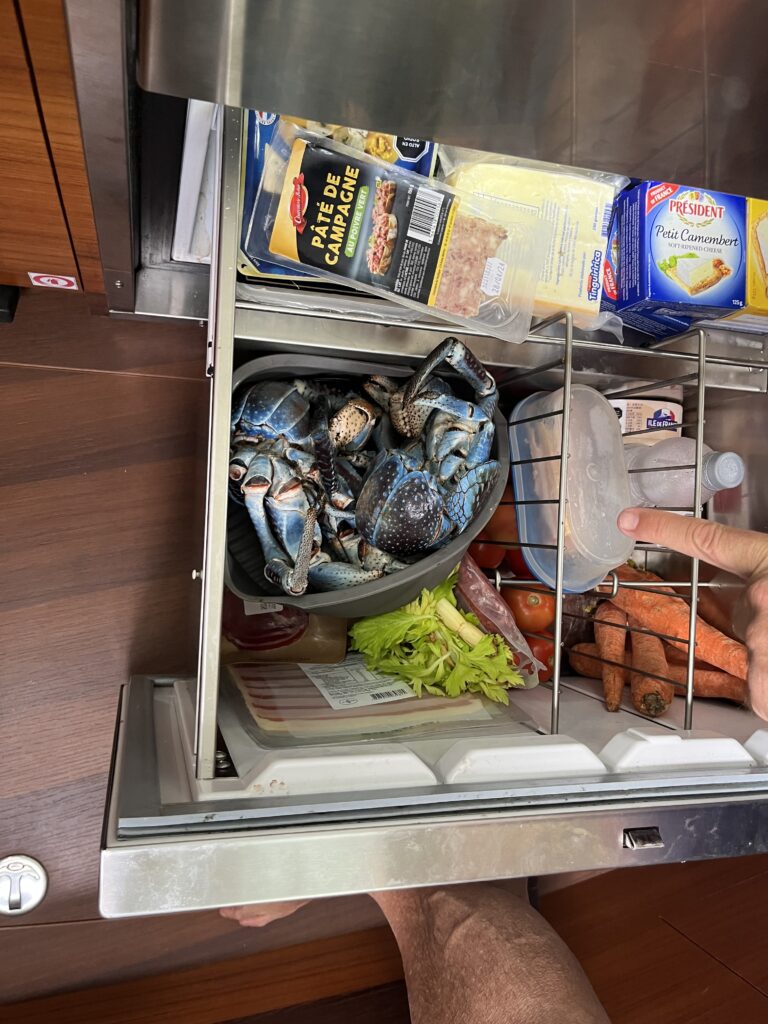

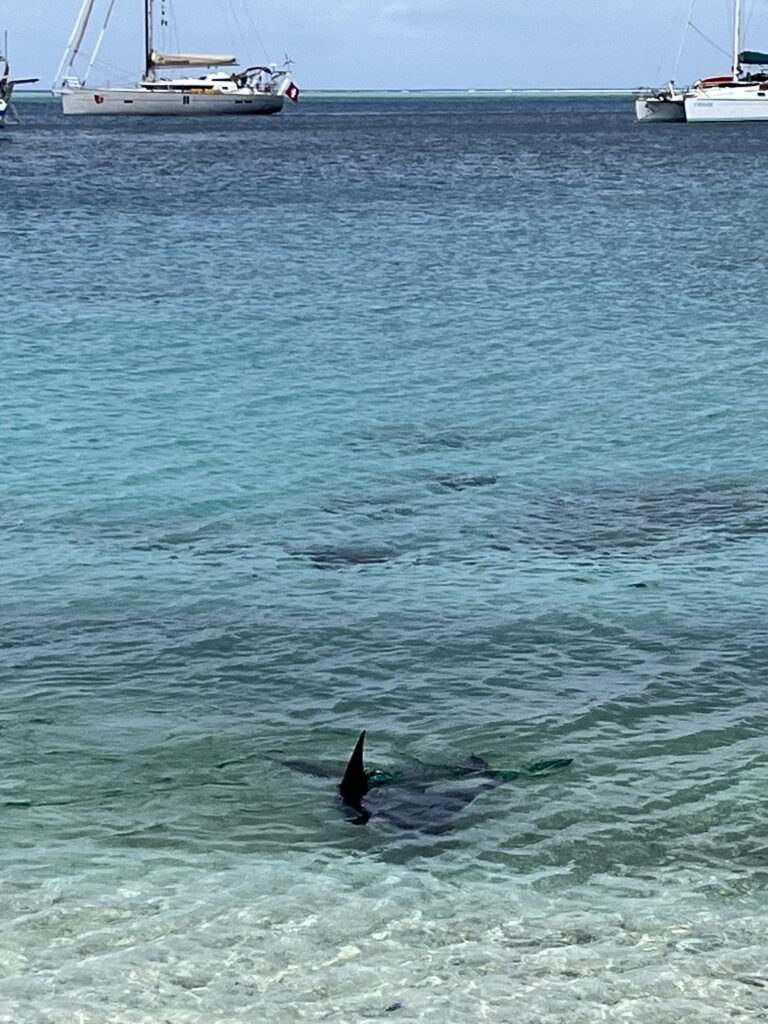
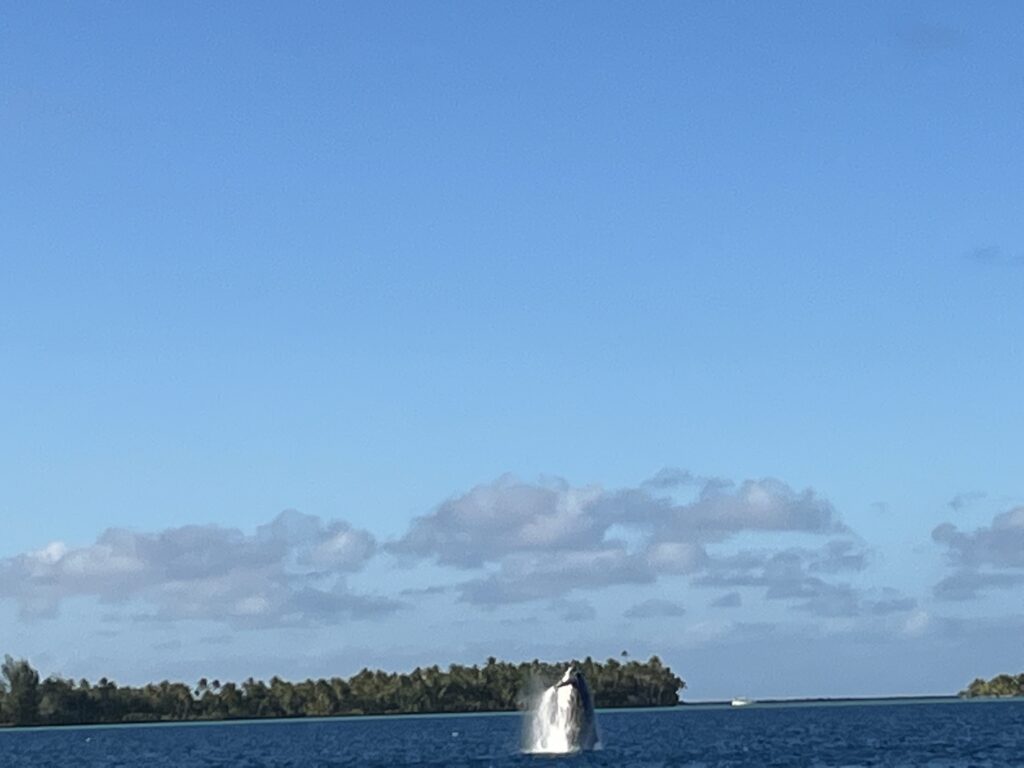
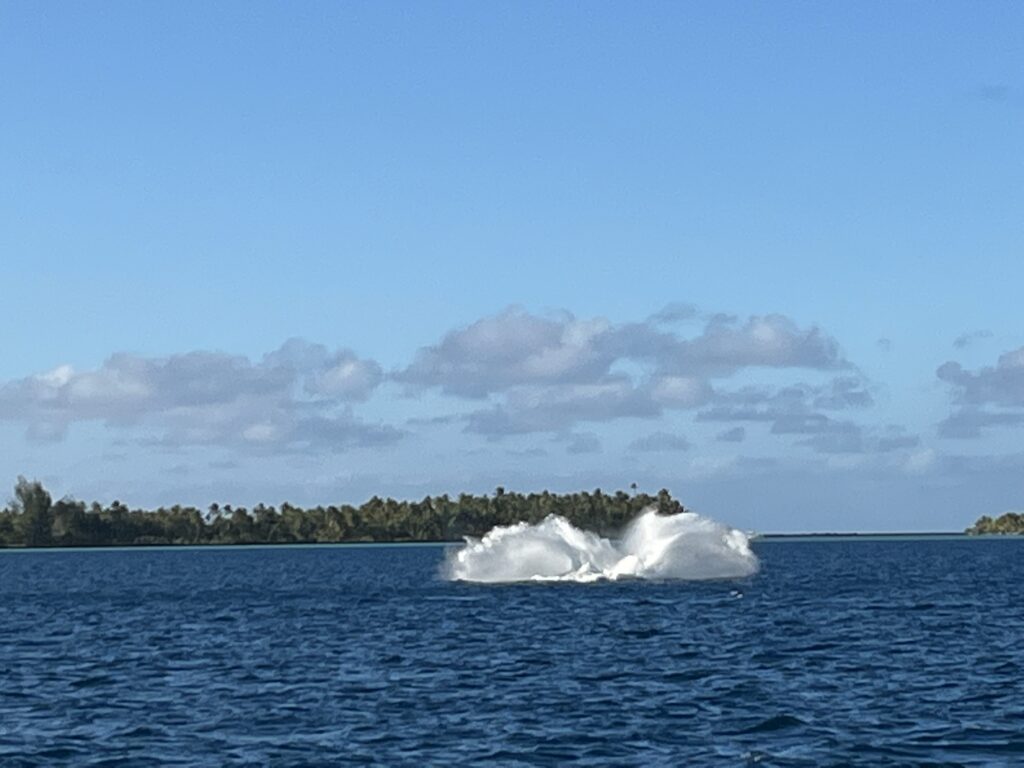
5100-mile non-stop mega-crossing: Puerto Mont- Polynesia, six time zones!
This, among our oceanic experiences, was undoubtedly the longest navigation we have ever made: the miles of orthodromic (sphere arch) are “only” 3400 but the weather scenario is determined by the winter disturbances of the southern temperate belt that generate strong winds mainly contrary and at the latitude of Le Gambier (the south-eastern border of Southern Polynesia) and the Tuamotu the trade winds are continuously rejected and altered. The route that could include stops at Robinson Crusoe Island and Easter Island given the season suggests going north to avoid headwinds and navigating the border area, constantly evolving, between the two weather systems, even at the cost of a much longer route. The crew, composed of captain Biffi, Francis, Tortello, Mathias, leaves the wild Chile after three years with pandemic, Tierra del Fuego, Drake, Antarctic, Patagonian Channels, and goes up along the coast to the north to avoid headwinds with important waves. The photo at the head of this blog show the Juan Fernandez seals warming their blood after a fish raid in the Humboldt cold stream. Reached the latitudes of encounter between south and trade winds (24 ° -22 ° south) we begin a navigation cut out with good precision to take advantage of the best of the winds, avoiding the vast areas of flat that develop on the border. In order to develop this dynamic optimization of the route, at least once a day, we feed a routing model with the meteorological grip files downloaded via satellite containing the performance data of Lifexplorer in the various gaits with the suitable glazes of kit and / or motor (polar diagram) skillfully compiled by Francis. The result shows a broken precision course to optimize the route to the point to be reached. During the navigation we also begin the activity of collecting samples and data relating to the presence of microplastics and plankton, and we must say that for now we have detected the presence of microplastics almost only up to 250 miles from the coasts of Chile: the immense South Pacific, for now, like the Antarctic Ocean, is not polluted like the rest of our planet. However, it is not our job to draw conclusions; in fact, the almost two hundred photographs under the microscope located geographically and temporally will be sent to the GOES Foundation in Edinburgh for analysis and processing.
The long navigation for the crew was a long test of psychophysical resistance, not only for the duration, but also for the important upwind altitude of over 60% with sustained winds up to 44 knots, often with trench and 2/3 hands of terzaroli: great test for Lifexplorer and its crew. The arrival at Le Gambiers at the main island Rikitea immediately put us in touch with a world from southern seas far from tourism and connected to “civilization” by two volets a week in addition to the supply ship every three weeks. In these peripheral islands the natural spirit of Polynesian cordiality and friendship is evident and fascinating and can be savored by the gendarme, the shopkeepers, the growers of the beautiful pearls of Le Gambiers, a spirit accompanied by great relaxation. After a mini-cruise and the purchase of pearls for Marta and Michela, we leave for the Tuamotu where we will embark Michela, Loretta and Roberta while Matthias will return to Chile: the change of crew is expected at Hao Atoll, a wonderful world of 30 miles of corals, where we find a mini-port where we can moor, the only boat. With the new crew we head north to the uninhabited atoll of Tahanea: in this paradise of corals, incredible marine environment, but already uncultivable environment in itself, the two villages that existed until 1983, were abandoned after the damage suffered by a tropical storm. We had read about a family book
- Video navigation moon night
- Photo gennaker sunset
Swiss who had visited it in the late 80s and who for a month had lived with locals who returned seasonally for the collection of coconut trees and for the hunting of lobsters: the contacts of 30 years ago were no longer there but on a motu of the south looking for the contacts of the past we found Joel and his nephew Nicol who collected coconuts for the production of copra. After an initial “let us work” insisting on the reconstruction of the past, Joel opened up and proposed what we dreamed of: lobster hunting on the reef at low tide at night, completed with the search in the palm grove of the exquisite coconut crabs! Thank you Joel and Nicol for taking us with you to catch lobsters and coconut crabs, what a great evening, not to mention the delicious grilled and spaghetti the following day!
- Night photos, night videos, barbecue videos
- Photos beach motu sud Tahanea
Day of swimming and beach visits with incredible colors. From Tahanea (Tuamotu central-south) we sailed for two days to the Society Islands landing in Mo’orea in the beautiful bay of Opunohu where between swimming and quad trips on the incredible mountains three days flew by.
Next stop the beautiful and less touristy Huahine , Tahaa, Bora Bora and Raiatea where we will leave Lifexplorer dry in the yard until next boreal summer, after having traveled about 6100 miles.